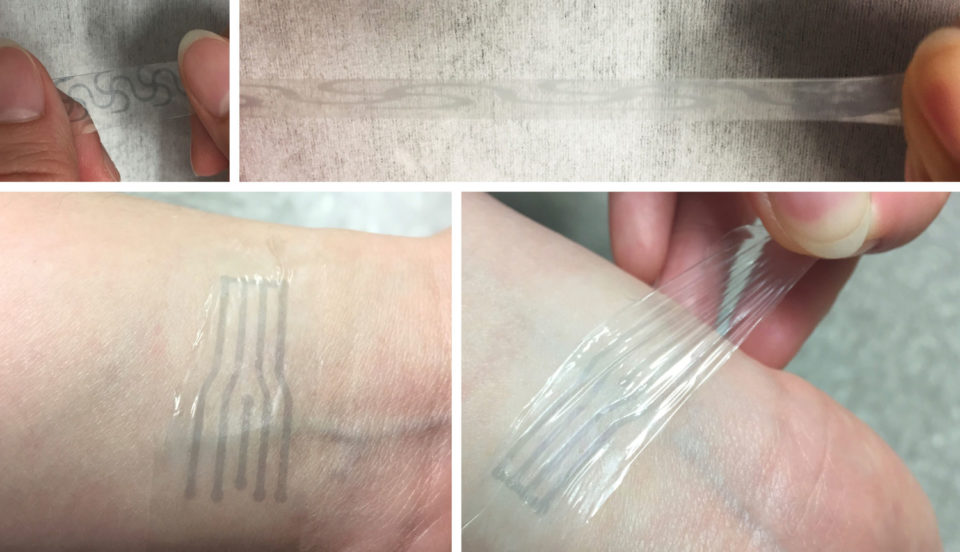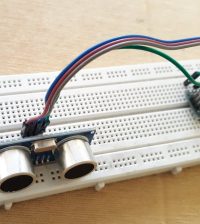- makeITcircular 2024 content launched – Part of Maker Faire Rome 2024Posted 2 weeks ago
- Application For Maker Faire Rome 2024: Deadline June 20thPosted 2 months ago
- Building a 3D Digital Clock with ArduinoPosted 7 months ago
- Creating a controller for Minecraft with realistic body movements using ArduinoPosted 7 months ago
- Snowflake with ArduinoPosted 8 months ago
- Holographic Christmas TreePosted 8 months ago
- Segstick: Build Your Own Self-Balancing Vehicle in Just 2 Days with ArduinoPosted 8 months ago
- ZSWatch: An Open-Source Smartwatch Project Based on the Zephyr Operating SystemPosted 9 months ago
- What is IoT and which devices to usePosted 9 months ago
- Maker Faire Rome Unveils Thrilling “Padel Smash Future” Pavilion for Sports EnthusiastsPosted 10 months ago
Did you get new tattoo? No, I don’t…it’s a flexible electrode!

The team at Stanford University’s Bao Lab created an innovative flexible electrode that has high performance.
The new stretchy material uses a molecule normally used to thicken soups to help make it more flexible. After testing 20 different additives, they landed on the right one, a molecule similar to that in soup thickeners. When added to the polymers, it stopped the crystallization process and gave the electrode its stretchy effect.
It actually conducts electricity better when it’s stretched out. Its high conductivity and 96 percent light transmittance are the highest values reported for transparent electrodes and the best for a flexible material overall, according to the team. Right now the material is still in the prototype stages, but the results so far look promising.
The team have already created electrodes and stretchable transistor arrays using an inkjet printer. They hope to use it for brain interfaces and other implantable electronics. It could make great strides in brain monitoring and other complex medical procedures. Outside of the medical field, it can also be used to improve smart clothing equipped with heat sensors, LEDs, and other abilities.
Finally, I’d like to share with you that…I want it! :)















